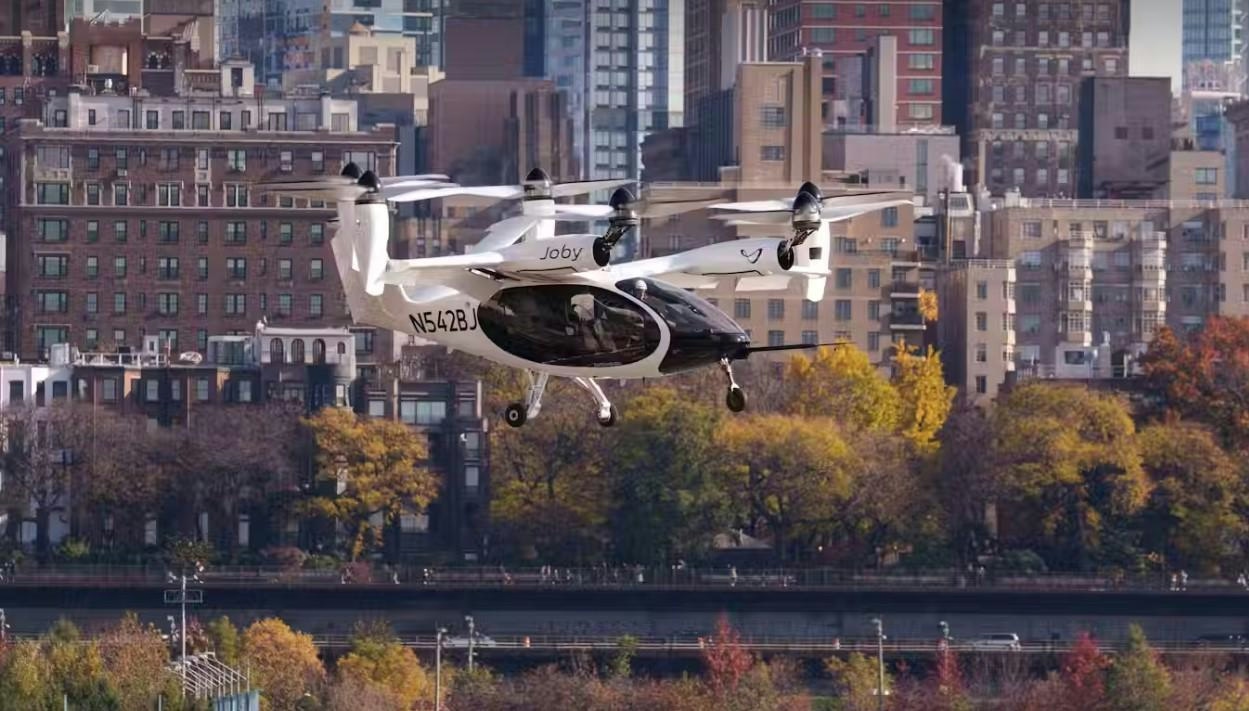
AeroGenie — Seu copiloto inteligente.
Tendências
Categories
ANA Plans Nationwide Air Taxi Service Launch in Japan by 2027
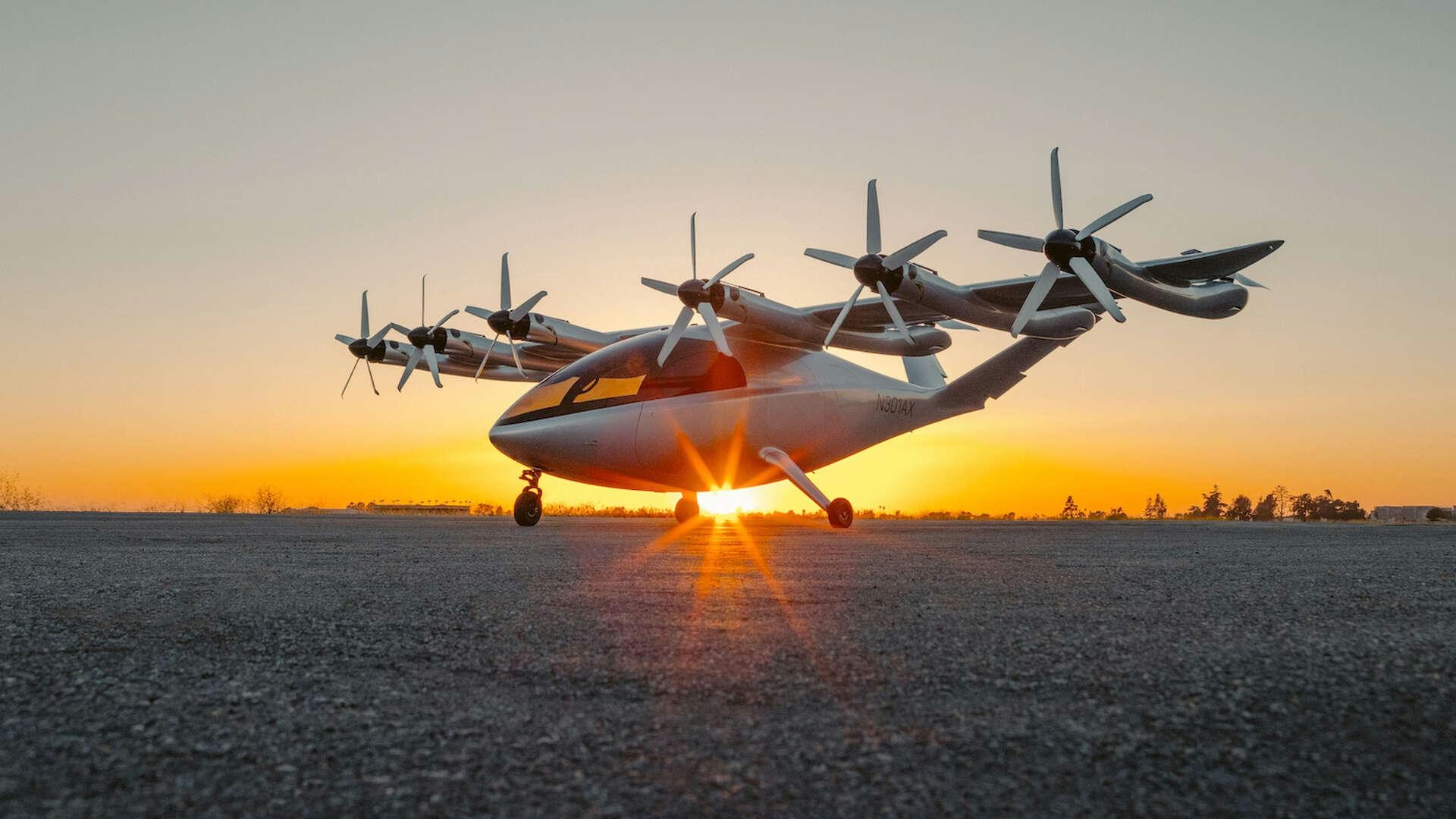
ANA to Launch Nationwide Air Taxi Service in Japan by 2027
ANA Holdings has unveiled ambitious plans to introduce a commercial air taxi service across Japan by 2027, in partnership with U.S.-based electric air taxi developer Joby Aviation. The collaboration will take the form of a joint venture, with ANA aiming to deploy a fleet exceeding 100 Joby S4 electric vertical take-off and landing (eVTOL) aircraft. This initiative marks a significant step toward integrating urban air mobility into Japan’s transportation landscape.
Initial Deployment and Service Expansion
The service rollout is set to commence in the Tokyo metropolitan area, with subsequent expansion targeting key regions such as Kansai and Chubu, which include major urban centers like Osaka and Nagoya. ANA projects that the air taxis will dramatically reduce travel times; for instance, a journey from central Tokyo to Narita Airport could be shortened to approximately 15 minutes by air taxi, compared to the current one-hour train ride. Although detailed pricing structures have yet to be disclosed, ANA has committed to implementing a customer-friendly pricing model alongside a streamlined reservation system designed to facilitate frequent use.
In preparation for the commercial launch, ANA plans to conduct demonstration flights during the 2025 World Expo in Osaka, showcasing the technology and operational capabilities to a global audience.
Infrastructure Development and Regulatory Challenges
The air taxi initiative, initially announced in 2022 alongside Joby and investor Toyota Motor Corporation, aims to establish a comprehensive aerial ride-sharing network throughout Japan. To support this vision, ANA and Joby intend to accelerate the development of critical infrastructure, including a network of vertiports, pilot training programs, and maintenance facilities. The success of the project will depend heavily on collaboration with national and local governments, as well as private sector partners, to build the necessary ecosystem for safe and efficient operations.
Despite the promising outlook, the project faces significant challenges. Securing regulatory approval, developing the required infrastructure, and ensuring rigorous safety standards remain key hurdles that must be overcome before commercial operations can commence. Nonetheless, the market response has been largely positive. For example, Boeing’s stock experienced gains following the announcement, reflecting investor optimism. Industry analysts suggest that ANA’s move may prompt other aviation companies to accelerate their own air taxi initiatives in response.
Industry Context and Market Momentum
The announcement coincides with Joby Aviation’s recent acquisition of Blade Air Mobility’s passenger transportation brokering and marketing business for at least $90 million. This acquisition underscores the growing momentum within the urban air mobility sector and highlights the increasing commercial viability of electric air taxi services. ANA’s partnership with Joby thus positions the company at the forefront of this emerging market, signaling a transformative shift in Japan’s approach to urban and regional transportation.
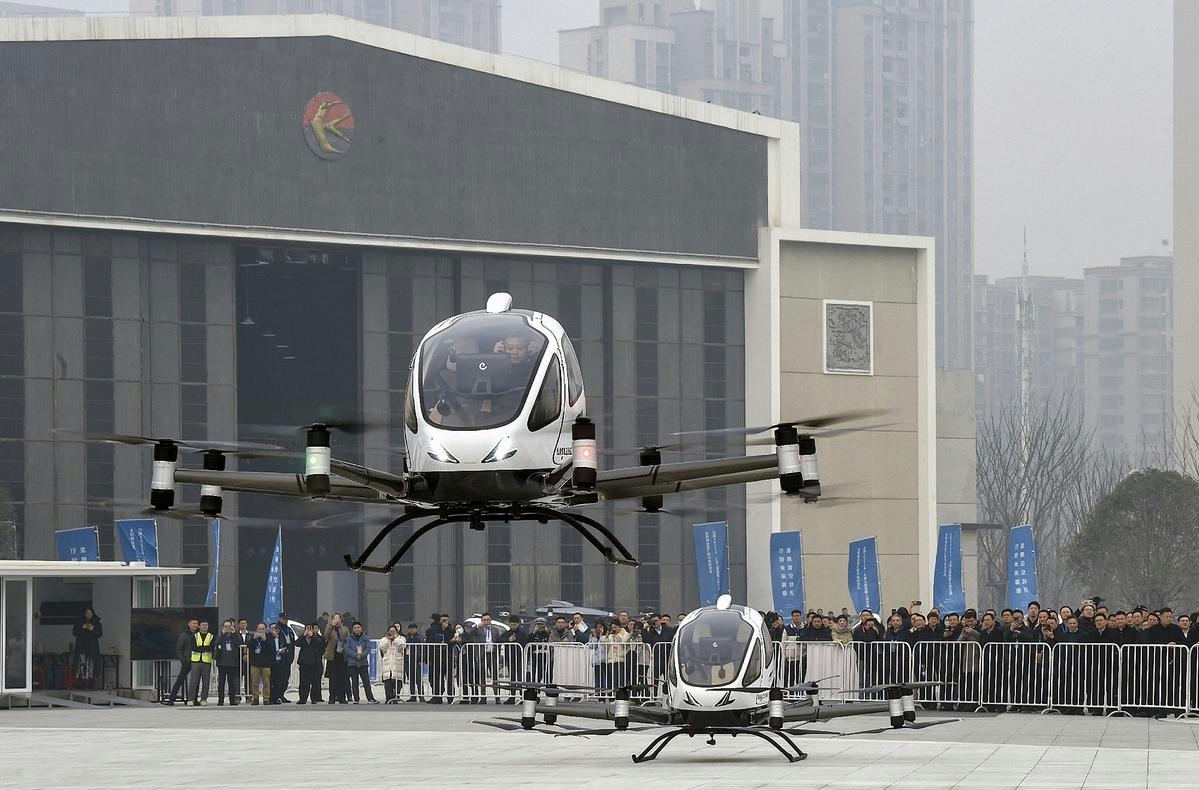
EHang Plans Affordable Air Taxi Service Launch in China Within Three Years
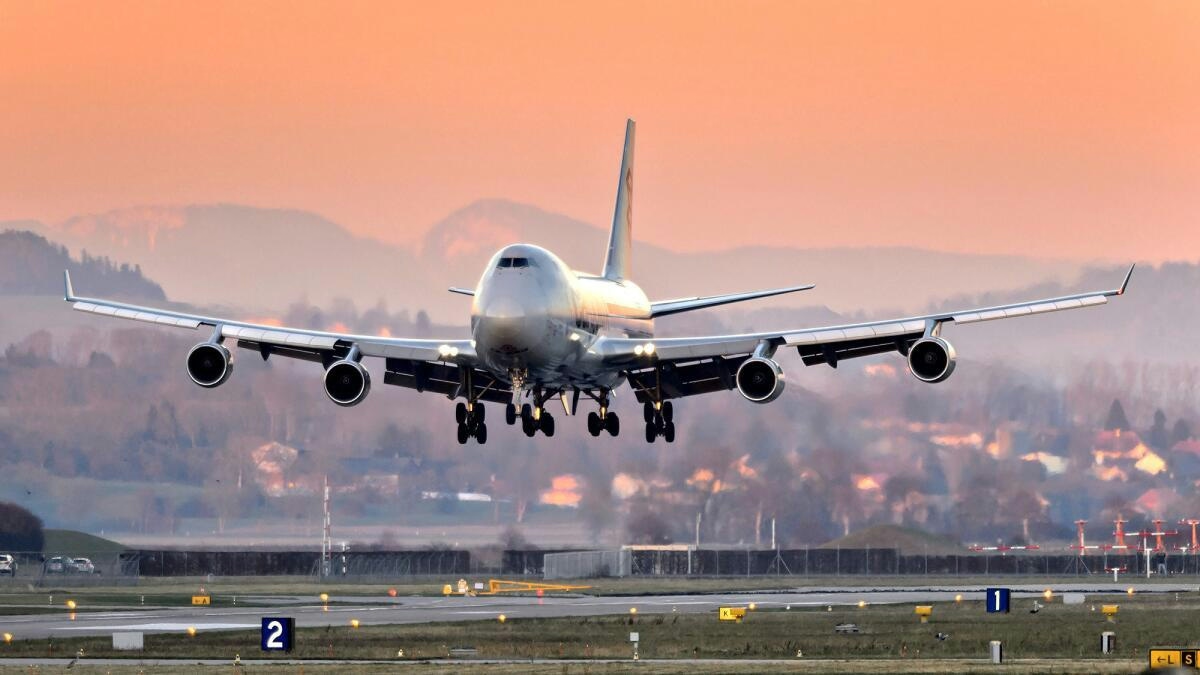
Operating Costs of a Boeing 747 Freighter in 2025
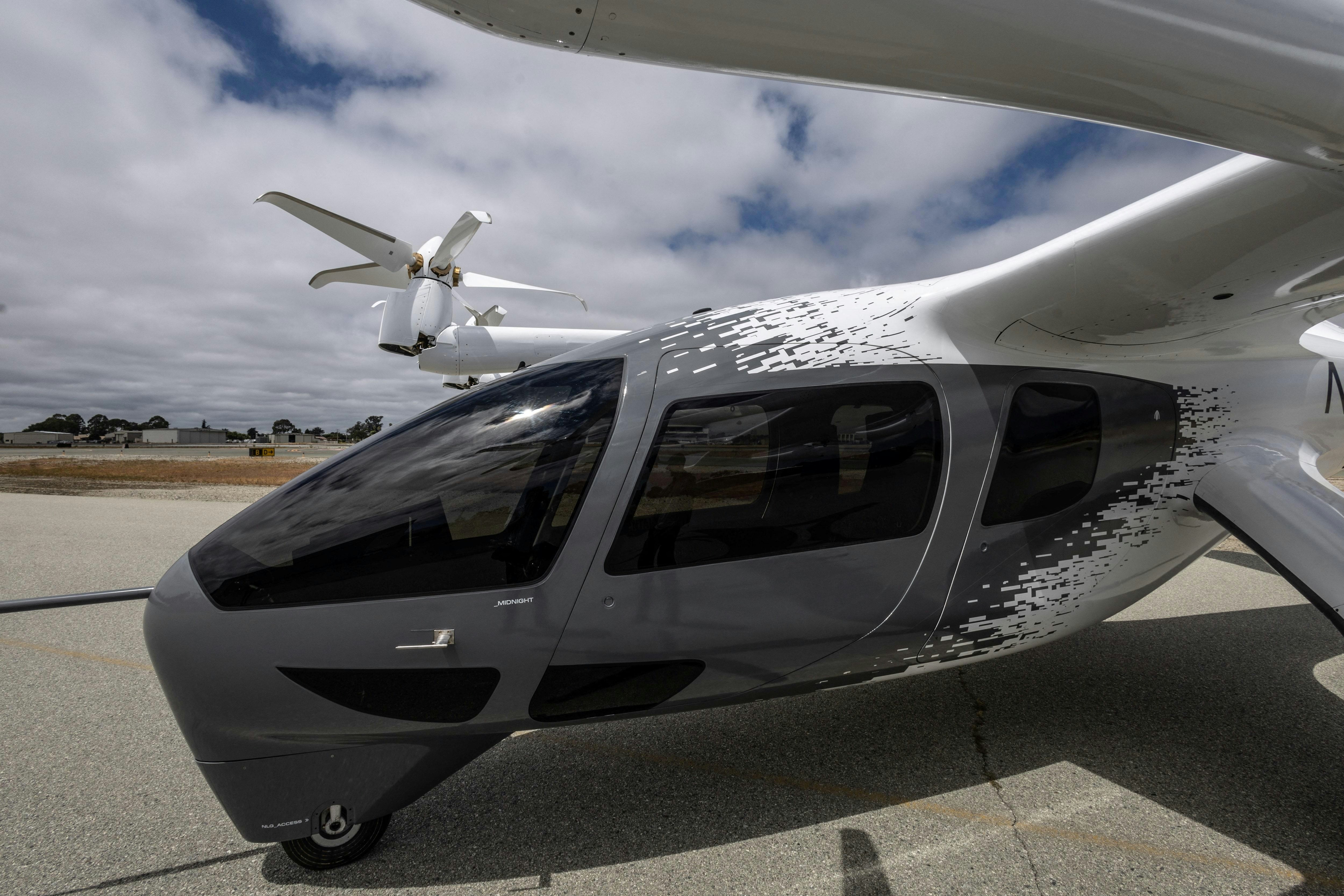
Archer Acquires Los Angeles-Area Airport Ahead of 2028 Plans
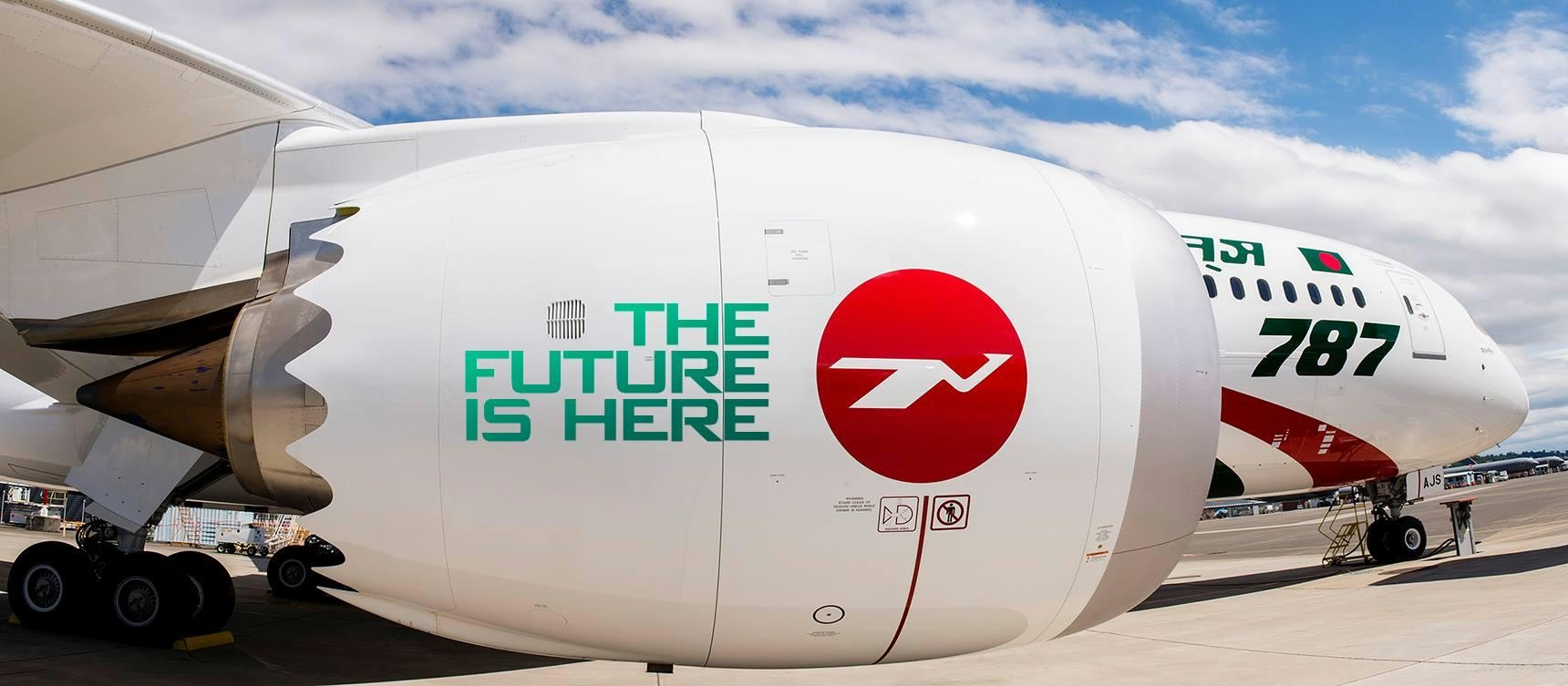
Bangladesh orders 25 Boeing planes, European envoys push Airbus deal
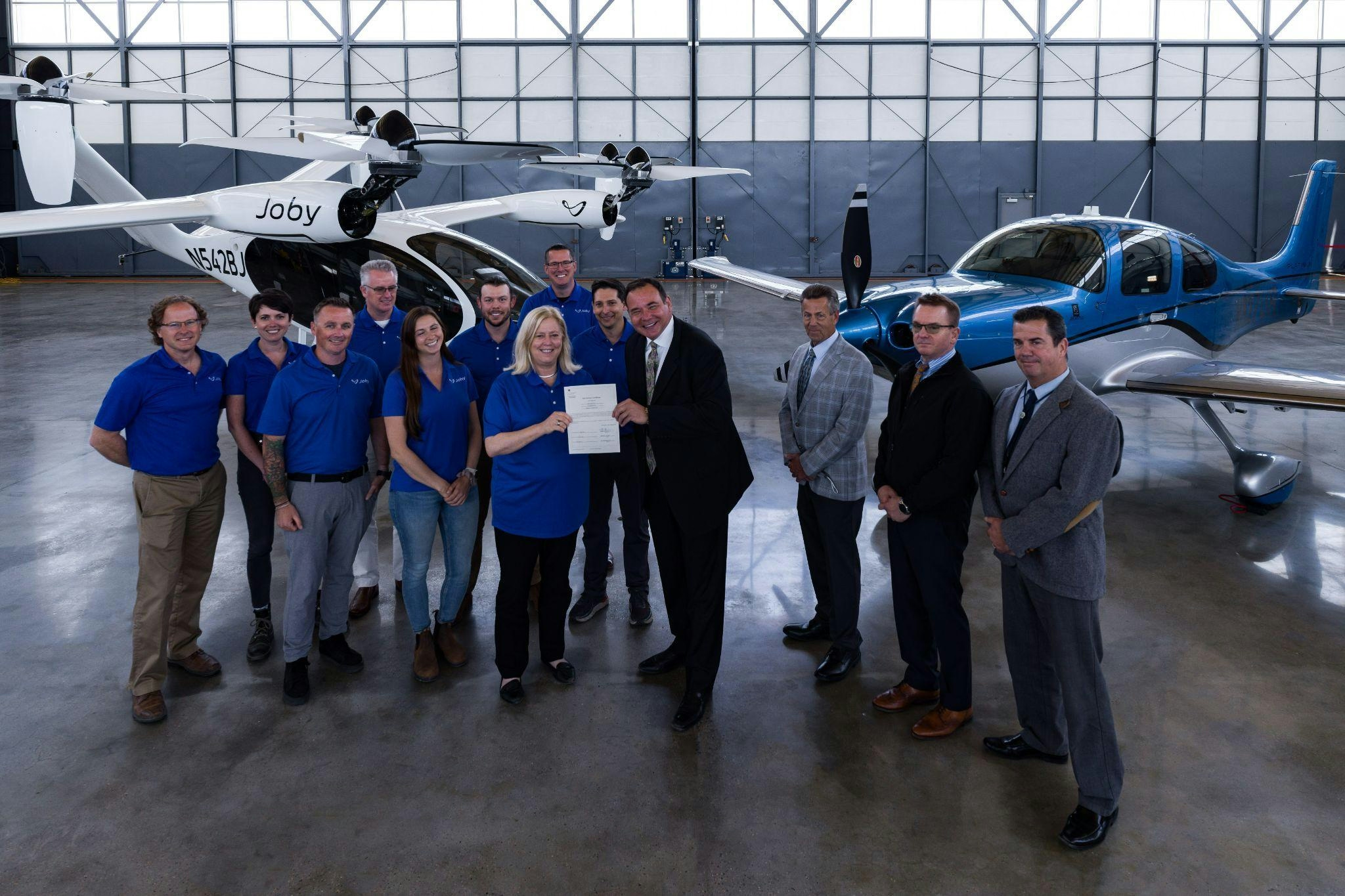
Santa Cruz Aviation Company Advances to New Air Taxi Testing Phase
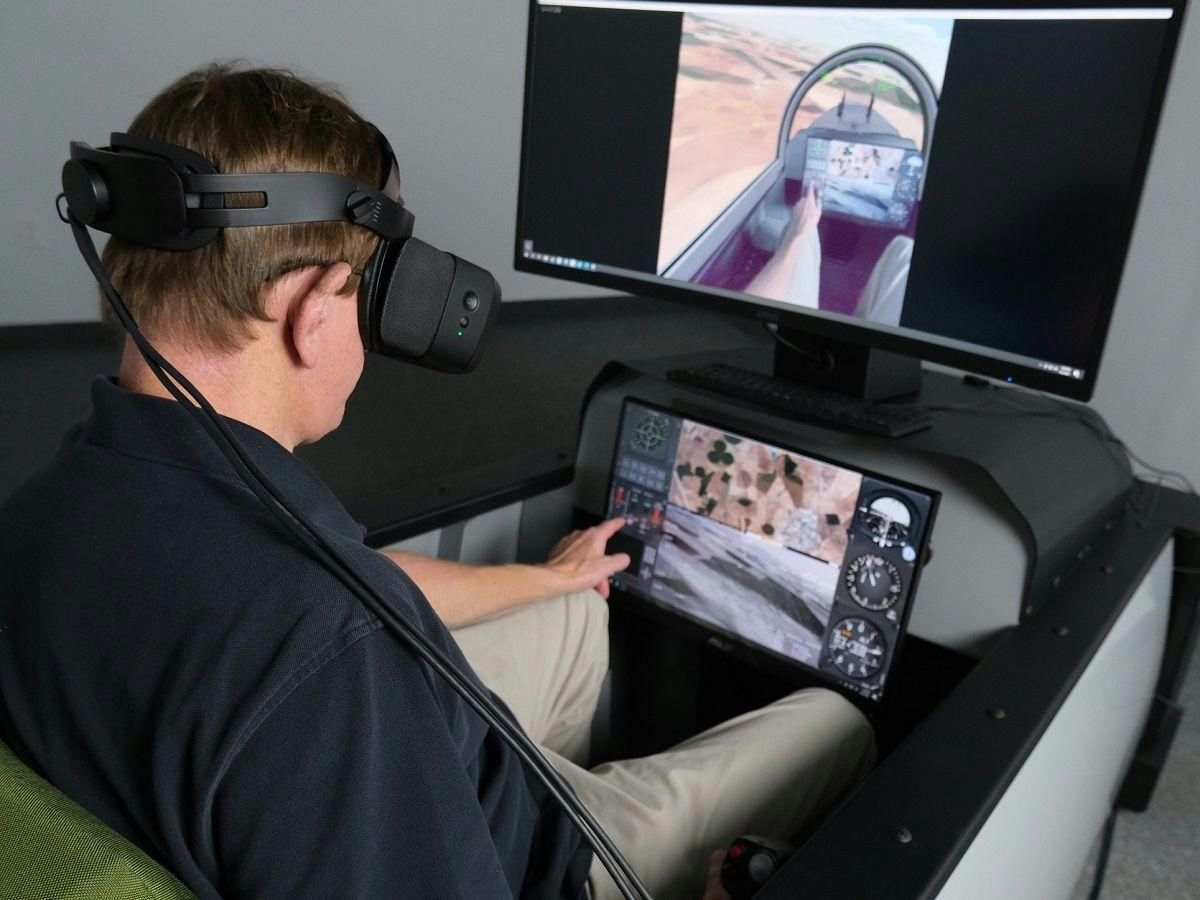
Cineon.Ai Introduces New Eye Tracking System at EATS 2025

Joby Aviation Secures $250 Million Air Taxi Contract in Kazakhstan

South African YouTuber Develops Solar-Powered Drone That Flies Without Batteries
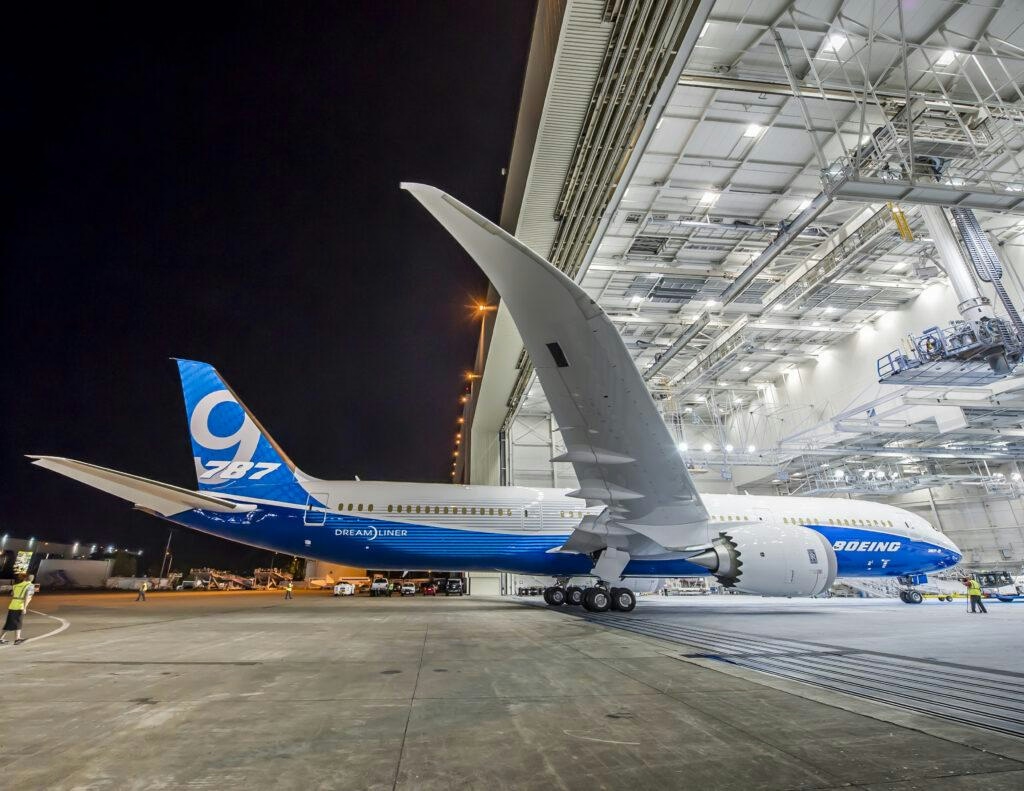
Air Astana Plans to Acquire Up to 15 Boeing 787 Dreamliners
